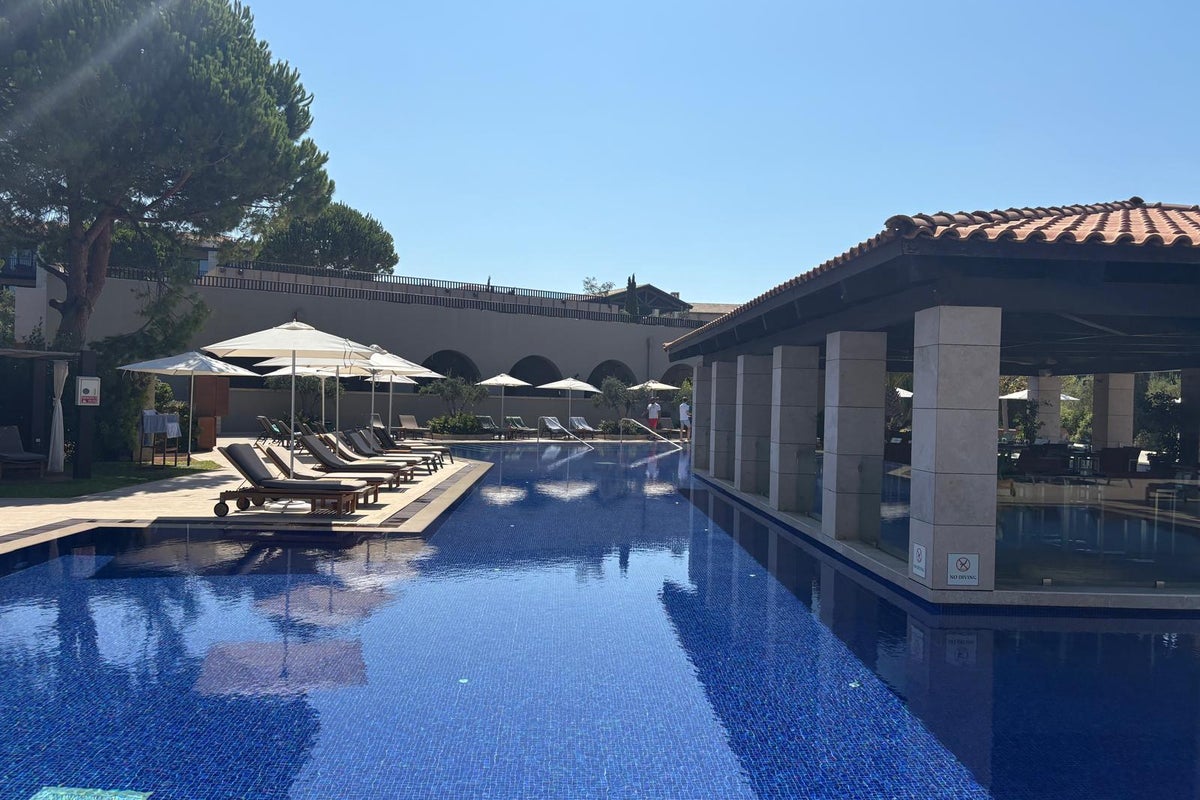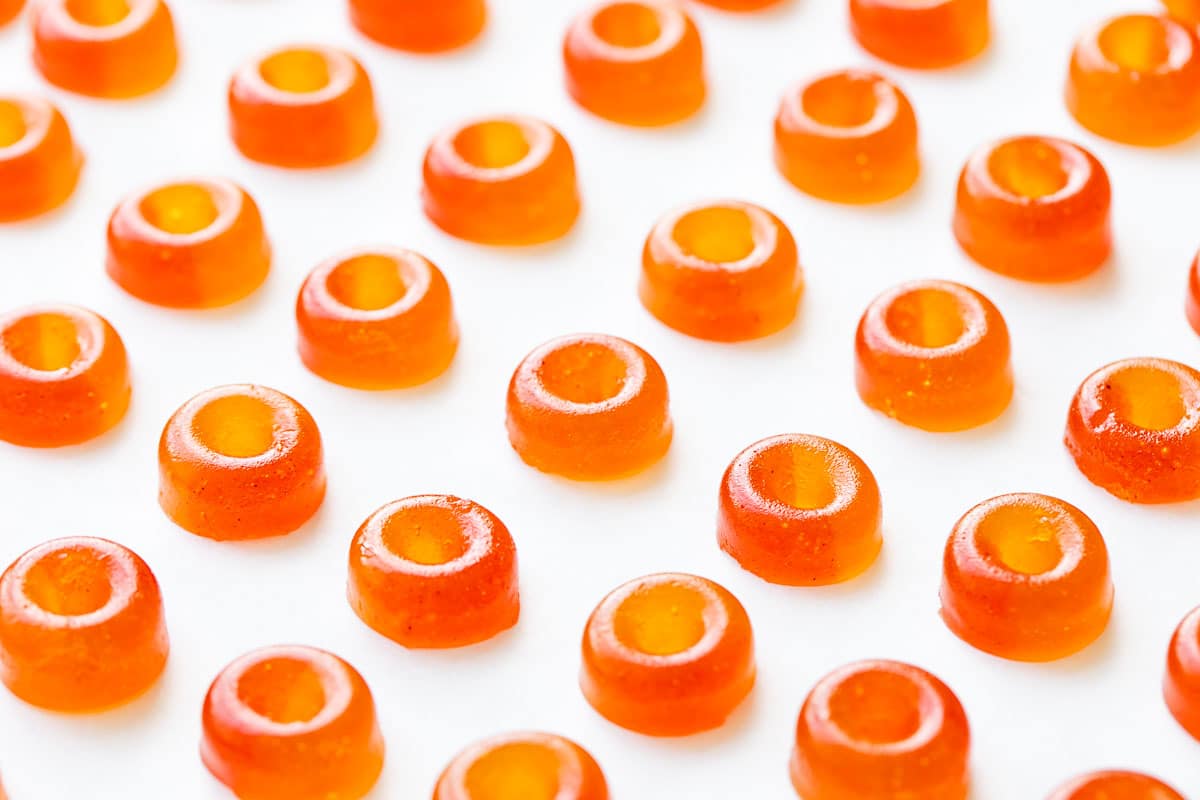Malaysia’s Stingless Bees That Many Locals Don’t Know About Could Bring In RM3bil/Year
Kelulut bees are stingless bees that can be found in Malaysia, and we interviewed two farmers on the honey they produce and the industry. The post Malaysia’s Stingless Bees That Many Locals Don’t Know About Could Bring In RM3bil/Year...

For most of us, consuming honey is something we’d welcome with open arms, but going near beehives to farm it? Not quite.
While the honeybee only stings as a last resort for self-defence, not everyone would have the confidence to walk into colonies of honeybees even with that knowledge. Though perhaps you’d be glad to know that in Malaysia, we’re able to farm stingless bees.
Locally, they’re known as kelulut bees, and it’s actually an industry that’s reaped RM33.6 million in the country as of 2020, but has the potential to grow to RM3.03 billion in annual sales if developed. Hence, we interviewed 2 kelulut farms in West Malaysia (Bayu Kelulut, Kedah) and East Malaysia (R H Bee Farms, Sarawak) for more on the current industry.
A Local Fauna Wealth
“Kelulut bees have origins in Malaysia and have existed here for thousands of years, but had only been commercialised in 2015,” Amira of Bayu Kelulut shared with Vulcan Post.
 Beehives in Bayu Kelulut’s farms / Image Credit: Bayu Kelulut
Beehives in Bayu Kelulut’s farms / Image Credit: Bayu Kelulut“In 2014, there was a big buzz on scientific findings about kelulut honey. If the honey was consumed consistently, it can be highly beneficial to one’s health,” she explained.
While honeybees are available all over the globe, kelulut bees can only be found in countries with tropical and subtropical climates, Southeast Asia being one of them, shared Joe of R H Bee Farms.
 Bee hives in R H Bee Farms / Image Credit: R H Bee Farms
Bee hives in R H Bee Farms / Image Credit: R H Bee FarmsTo the untrained eye, kelulut bees may share a resemblance to a housefly because of the absence of a striped body and its smaller size (3mm to 10mm) compared to honeybees (12mm to 25mm), according to Joe.
Taste-wise, the honey that they produce is different too. The honey reaped from kelulut bees have a tangy, sweet, and sour taste coupled with an earthy scent.
It Doesn’t Sting But It Bites
Now, every living thing will have defences of sorts, and the kelulut bee is no different. When threatened, they will bite you but it won’t result in a lump or an itch, according to Amira.
Though honeybees prefer making their hives on tree limbs and walls, the kelulut bees much prefer hollow trunks, underground cavities, and wall cavities.
An advantage they have over honeybees is that they’re more disease and pest-resistant. They’re harmless to native species and are great pollinators as well, according to Joe.
 Where a bee eats and lives its days out / Image Credit: R H Bee Farms
Where a bee eats and lives its days out / Image Credit: R H Bee Farms“Kelulut bees are more informative than honeybees. According to this research, kelulut bees will also [explore] but do not fully exploit the current floral resources. Honeybees on the other hand will exploit the floral resources till empty and [do] exploration for new floral resources,” Amira shared.
This is because kelulut bees only forage up to 800m, whereas honeybees forage up to 3km, Joe added.
A Lucrative But Expensive Bee-siness
A kelulut bee’s body size in comparison to a honeybee’s isn’t the only thing that’s smaller, actually. They can grow a colony of up to 10,000, equivalent to the smallest colony size for honeybees.
Because of this, their yield is relatively lower than that of honeybees. And because of how low it is, operational costs are higher compared to farming honeybees as well, resulting in their higher retail price.
Despite it being a blessing that kelulut bees are able to thrive in a tropical climate like ours, one of the downsides is that during rainy seasons, they’re unable to collect nectar due to their smaller physique and foraging distance, resulting in even lower production.
 Harvesting honey from the bees (left) and inside their hives (right) / Image Credit: Bayu Kelulut
Harvesting honey from the bees (left) and inside their hives (right) / Image Credit: Bayu KelulutHowever, Joe shared that the reason why they’d still pursue this is because they find the current honeybee market too competitive. Kelulut bee honey on the other hand appears to be a more premium product on top of having a more unique taste.
Amira chimed in, sharing that their incentive was also in its medicinal value, because kelulut bee honey is richer in antioxidants compared to their honeybee counterparts’ honey.
 Extracting the honey / Image Credit: R H Bee Farms
Extracting the honey / Image Credit: R H Bee FarmsCurrently, R H Bee Farms has less than 20 beekeepers with over 7,000 bee hives, whereas Bayu Kelulut has 4,000 bee hives. Both these farms are supported by MARDI and MATRADE in R&D and overseas market penetration respectively.
As of now, both these farms export to Asian countries like China, Hong Kong, Japan, Taiwan, and Singapore.
Stingless But Tolerates Predators Better
Honey isn’t the only thing that attracts intruders to these bee farms, as kelulut bees themselves are prey to frogs, lizards, spiders, etc. Hence, beekeepers will have to take extra care in ensuring the safety of the bees’ hives from these insects and spiderwebs.
 Monthly auditing of the hives / Image Credit: R H Bee Farms
Monthly auditing of the hives / Image Credit: R H Bee Farms“To keep off intruders like monkeys and bears who love honey, we installed an electric fencing system in 2020 on our farms,” Joe shared. However, kelulut bees are generally more tolerant of pests and diseases.
On the business side of things, Amira shared that they were initially challenged by the fact that kelulut honey didn’t comply with the standards of the International Honey Commission (IHC)/CODEX) and the Malaysia Food Act 1983 because the standards they have are measured based on normal traditional honey.
“Hence, Bayu Kelulut along with Gabungan Persatuan Usahawan Kelulut Malaysia (GPUKM) pushed for the establishment of new rules and parameters from the government for kelulut honey. In 2017, the Malaysian Standard of Kelulut Honey (MS2683:2017) was established with the help of SIRIM, MARDI, and the Department of Standard Malaysia to overcome this issue,” she told Vulcan Post.
With all the information shared by Amira and Joe on kelulut bees and the industry, here’s a table shared by Joe that sums up some of the biggest differences between honeybees and our kelulut bees.
| Stingless Bees | Stinging Bees | |
| Common Name | – Kelulut – Trigona | – Honey bee – Apis – Italian Bee |
| Distribution | Tropical and sub-tropical countries | All over the globe |
| Hive | – Hollow trunk – Underground cavities – Wall cavities | – Tree limb – Wall |
| Body Size | 3-10mm | 12-25mm |
| Colony Size | 1,000 – 10,000 | 10,000 – 60,000 |
| Life Span | Approx. 60 days (drone/worker) and 3 years (queen) | Approx. 120 days (drone/worker) and 5 years (queen) |
| Foraging distance | Up to 800m | Up to 3km |
| Hive Anatomy | Horizontally constructed | Vertically constructed |
| Honey Production | 300g to 1kg/month per colony | Up to 5kg/month per colony |
| Defence | – Strikes with propolis – Occasionally bites | Stings |
| Produces | Honey, propolis, pollen | Honey, pollen, honeycomb, royal jelly |
| Advantage | High tolerance to pests and diseases | – High yield of honey production – Longer life span |
| Drawback | – Low yield of honey production – Shorter life span | Vulnerable to diseases |
Featured Image Credit: R H Bee Farms

 AbJimroe
AbJimroe 































